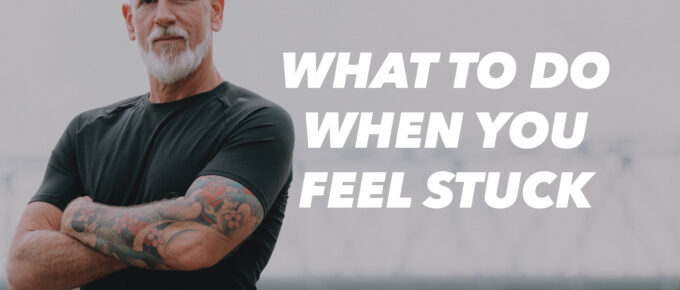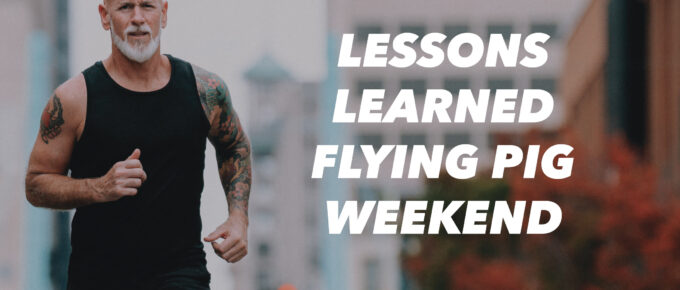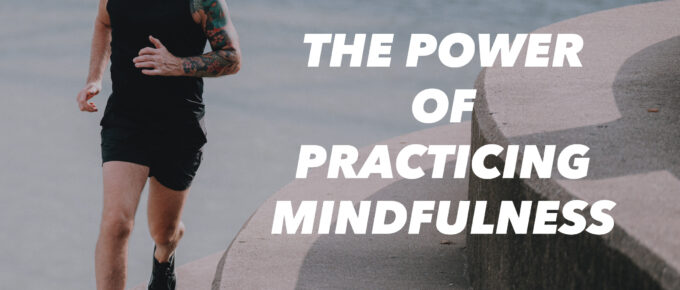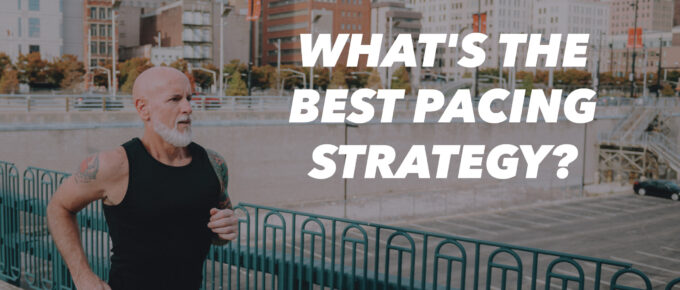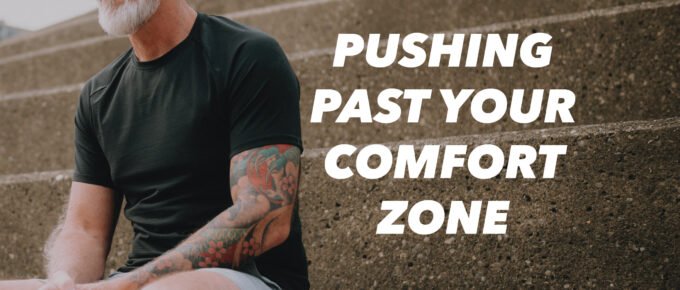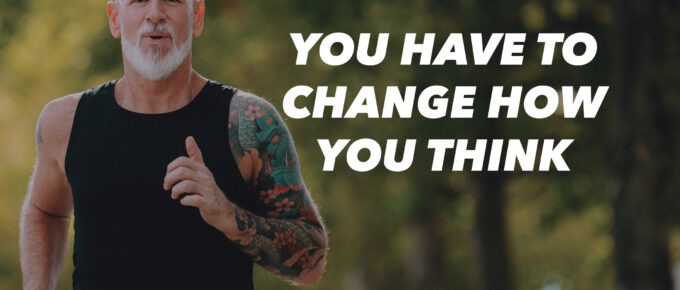So many people I talk to about losing weight or running faster tell me they just can’t seem to make any progress because they feel stuck. This is a really tough place to be because when you feel …
Continue Reading about 237. What to Do When You Feel Stuck →

